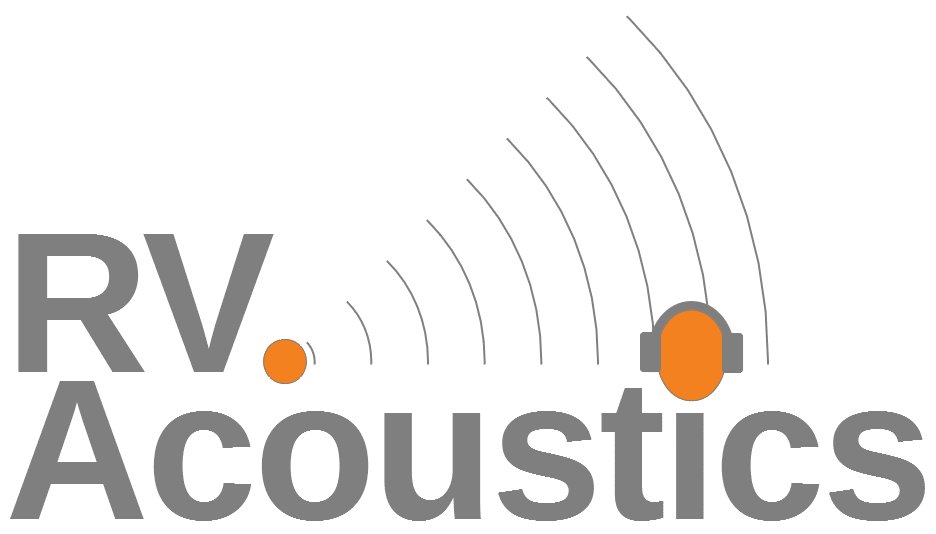Glossary of Acoustical Terms
‘A’ Weighting is a standard weighting of the audible frequencies designed to reflect the response of the human ear to noise.
The ‘A’ Frequency Weighting network is the most widely used, and is used to represent the response of the human ear to loudness. Measurements made with this frequency weighting will typically be displayed as dB(A) or dBA. For example, as LAeq, LAFmax, LAE etc where the A shows the use of ‘A’ Weighting.
The science of sound. The properties of a room, space or building, which determine how sound is transmitted within it and the character of how it is received.
‘C’ weighting gives more emphasis to low frequency sounds than the ‘A’ weighting response.
Peak Sound Pressure measurements are made using the ‘C’ Frequency Weighting. Measurements made with this frequency weighting will typically be displayed as dB(C) or dBC. For example, as LCeq, LCPeak, LCE etc where the C shows the use of ‘C’ Weighting.
A measure of the total noise ‘dose’ received during the working day – an ‘average’ over the working day. Expressed in decibels (dB), with human response frequency-weighting
A logarithmic unit used to measure sound and electronics, indicating a ratio of power or intensity relative to a particular reference level. Its use is central to acoustics, particularly as people interpret loudness much closer to a logarithmic scale than a linear one. 0 db is about the lowest level most people can hear.
The Exposure Limit Values are:
LEP,d of 87 dB
LCpeak of 140 dB
This is the maximum permitted exposure at the ear (taking in to account of hearing protection if applicable).
The rate at which a source produces complete cycles of sound waves. Frequency is measured in hertz: 1Hz = 1 cycle per second. Low-pitched sounds have low frequencies and high-pitched sounds have high frequencies.
People’s perception of the intensity of sound. Intriguingly, this does not reliably correspond to the level of the sound – our ears sense noise in different ways. This explains why certain repetitive noises are perceived to have lower ‘loudness’ than their volume would suggest.
The lower exposure action values are:
LEP,d of 80 dB,
LCpeak of 135 dB
At this level, employers must:
- inform, instruct and train employees
- provide hearing protection on request
- maintain equipment provided to reduce risk/exposures
- ensure its use.
A measure of short-duration impulse/impact sounds. Expressed in decibels (dB), with a wide-band frequency weighting.
Refers to sound which bounces off a surface, or several surfaces. Overall, it is dependent on the texture and structure of the relevant surface(s). Reflection can significantly diminish quality of acoustic conditions – for example, concave surfaces are a particular challenge as they focus reflections on one area.
The prolongation of sound in a space caused by its reflection from multiple surfaces, from its emission until it becomes inaudible.
The time it takes for reflections of a direct sound to decay by 60dB below the level of the direct sound. Key factors that affect it are: size and shape of the space and the materials used to construct it. Rooms used for speech typically require a shorter reverberation time as this enhances intelligibility. However, there is no ideal reverberation time, as different rooms have different functions.
The sound absorption coefficient is a scalar representation of the amount of sound absorbed when striking a particular surface.
The ability for speech to be understood. Indoors, reverberations play a key role in defining the level of intelligibility. Strong intelligibility is the ideal platform for a relaxing, productive atmosphere. For satisfactory communication, the average speech level should exceed that of any interfering noise by 6dB.
The upper exposure action values are:
LEP,d of 85 dB
LCpeak of 137 dB
At this level employers must:
- all duties as at lower action values;
- reduce exposure by a programme of technical/organisational measures;
- provide hearing protection to all exposed’
- ensure it is used;
- provide health surveillance.
When something oscillates in a stationary position it causes vibrations, which often create unwanted noise; for example, a washing machine on spin cycle. Vibration often poses a challenge when trying to reduce noise levels.
This has replaced Linear or Flat, and is defined as being a flat frequency response.
Measurements made with this frequency weighting will typically be displayed as dB(Z) or dBZ. For example, as LZeq, LZFmax, LZE etc where the Z shows the use of ‘Z’ Weighting.
Are you still not finding the answer you’re looking for? Contact Us directly and we will be happy to help.
